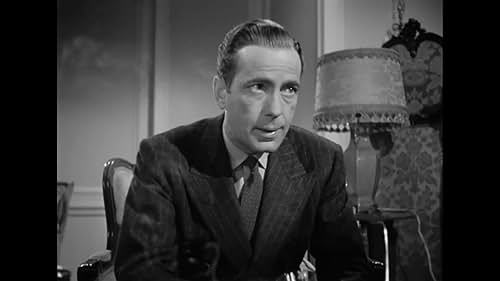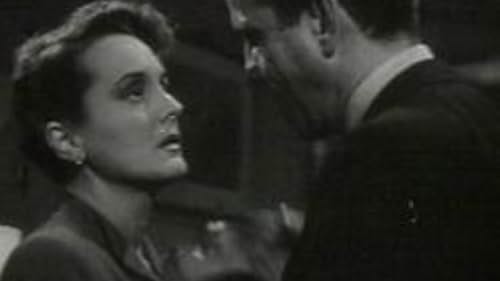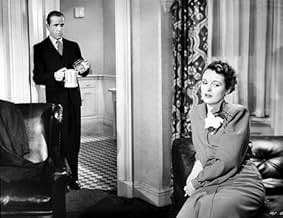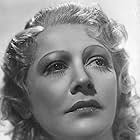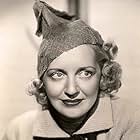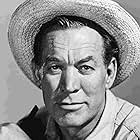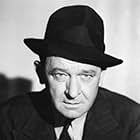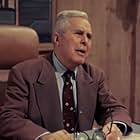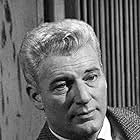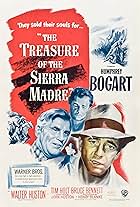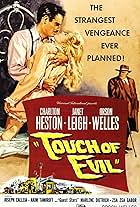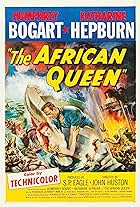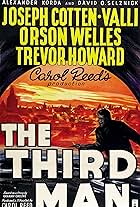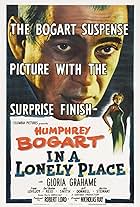Not only is "The Maltese Falcon" one of the first prototypical examples in what would be the subsequent 10 years of great film noir movies, it's also the first movie in the exemplary directing career of John Huston (from the screenplay he adapted from Dashiell Hammett's Sam Spade novel). And, even though Bogart had been acting throughout the '30s in mostly supporting roles opposite great actors (like Edward G. Robinson, James Cagney, etc.) and actresses (Bette Davis, Ida Lupino, Ann Sheridan, etc.), this role was to make him a bankable star & lead.
Like many films in the noir genre, the unnecessarily complicated plot devices are secondary to lighting, mood, tone, and the imperfect cast of characters. It's not as absolutely inscrutable as "The Big Sleep," but more or less tied with "Out of the Past" on the hard to follow scale. Mary Astor was an old pro by this time, and she'd said that the motion picture newbie, Sydney Greenstreet, was scared to death during his scenes, though you'd certainly never know it from the result.
Huston managed to find a little cameo appearance for his father, Walter Huston as the mysterious Captain Jacoby. And the matte black statuette of the title is perhaps the ultimate example of what Hitchcock called the "MacGuffin," and as Bogart tells his cop friend at the end: "It's what dreams are made of." Indeed.

